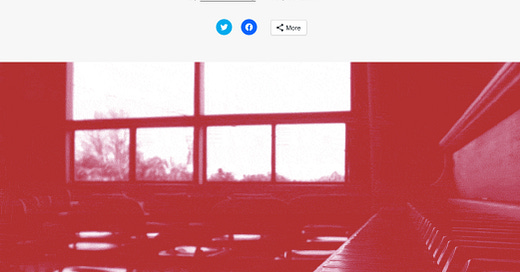I wrote a piece for VAN Magazine!
Read BENCHED, then come back here and comment.
You do have to subscribe, but VAN won’t charge you for four weeks, and you can cancel without penalty at any time before that. There’s a lot of great stuff at VAN, so I hope you’ll subscribe, but if that’s not in your plan, use the free cancellation option for access to my first byline. Whoa. Woah.
I’m still pinching myself. VAN has carried the work of so many musician writers I admire: Sharon Su, Garrett Schumann, Sammy Sussman, Olivia Giovetti, Sarah Fritz. If you haven’t already, I hope you will read all of those people.
I’m over the moon proud of this report, which is the result of many interviews with smart pianists, with input as well from singers, instrumentalists, and administrators. Their thoughts, energies, and ideas are the piece.
We covered collaborative piano in academic institutions, its inequitable structures and deep rewards, and the formidable challenges of putting together a system that works. This report represents about twenty percent of my first draft.
There’s a lot more to write. I’d love to hear from you what the follow-up article should be.
Heartfelt thanks to everyone referenced in the article for their brilliance, candor, commitment, and generosity. Pride of place goes to two powerhouse women who have done so much heavy lifting and information sharing in the field, Liz Ames and Taylor Hutchinson. Thank you to Sonya Baker, Cory Battey, Jeremy Johnson, Elena Lacheva, Ana Maria Otamendi, Elvia Puccinelli, Casey Robards, Chad Sloan, and Brock Tjosvold. Additional thanks to those whose words I do not quote here but whose ideas fueled this essay: Cynthia Clayton, Tracy Cowden, Amy Johnson, Kristin Roach, and Dr. Chanda Vanderhart.






Congrats, Kathy! Reading this piece made me wonder about differences (artistic, institutional, and otherwise) between the collaborative pianists you're considering and the pianists whose unrecognized work was the background for thousands of hours of my earlier-years ballet classes. Would you want to emphasize the differences and/or similarities between these kinds of pianists in making the case for collaborative pianists to be better recognized and supported?